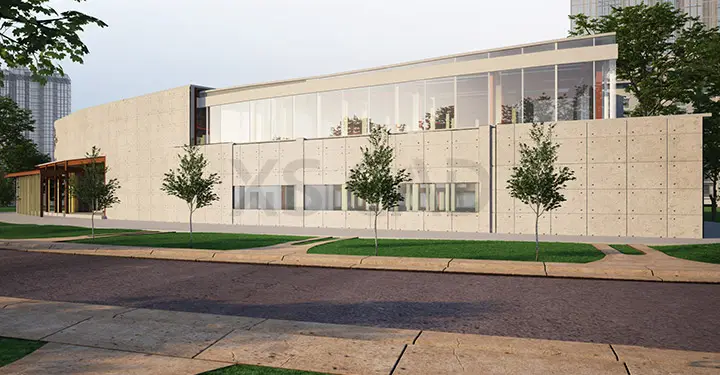Our Articles

How Can Shade Analysis Work for Buildings in Australia?
In Australia, temperatures have climbed to over 50°C (122°F) on occasion and dipped to well below 0°C (32°F). Building design needs to consider the effect of shade on any building in Australia, whether Melbourne, Sydney, Brisbane, Perth, etc.
Shading analysis helps to determine the right amount of shade HVAC mechanical engineering consultants should plan for building occupants’ comfort. It also helps create MEP engineering design systems for optimal thermal comfort, especially using solar energy systems.
So, how does shade analysis work?
Shade analysis involves using calculations and 3D simulation to help assess the effect of external objects on the heating/cooling of interior spaces. The effect of surrounding objects, buildings, natural structures (hills, boulders, plateaus) or vegetation are factors.
Shading analysis involves the analysis of shadow-voltaic systems, such as overhangs, vertical shading fins, awnings, etc. When using photovoltaic (PV) materials, shading is eliminated as much as possible, with special care is taken over chimneys, telephone poles, etc., using a solar path calculator and 3D simulation.
With the vastness and range of temperatures in Australia, uninformed decisions concerning building orientation and shading can affect interior temperatures. Shade analysis can correctly assess location-based shading.
When PV systems are used, the shadow outline of the surroundings is recorded for one point in the system, typically the centre of the system, using the site plan, a sun path diagram and a shading analyser (a digital camera and specialised software).
Shading can be classified into three main categories: temporary, shading resulting from a location or a building, or self-shading (caused by the system). This can be further understood as follows:
1. Temporary Shading
2. Shading Resulting from the Location
3. Shading Resulting from the Building
The sun path diagram is used to calculate the effects of building, tree and land features shading. Shade analysis requires software tools that are reliable and assess, analyse and calculate complex data.
Some of the more widely used software tools for shading analysis are as follows:
In addition to the above-mentioned software tools, a big glass-eye-like device, the Solar Pathfinder, helps create a panoramic view of the site, reflecting trees, buildings and other objects that may cast a shadow.
So, with Australia’s range of different climates, shading analysis is a key component that building designers need to consider as part of the MEP design services they offer. As MEP design services and electrical design services require high levels of technical proficiency that is expensive, an increasing number of building design firms look to source these services from experienced MEP consultants in India, for high-quality, cost-effective solutions.

